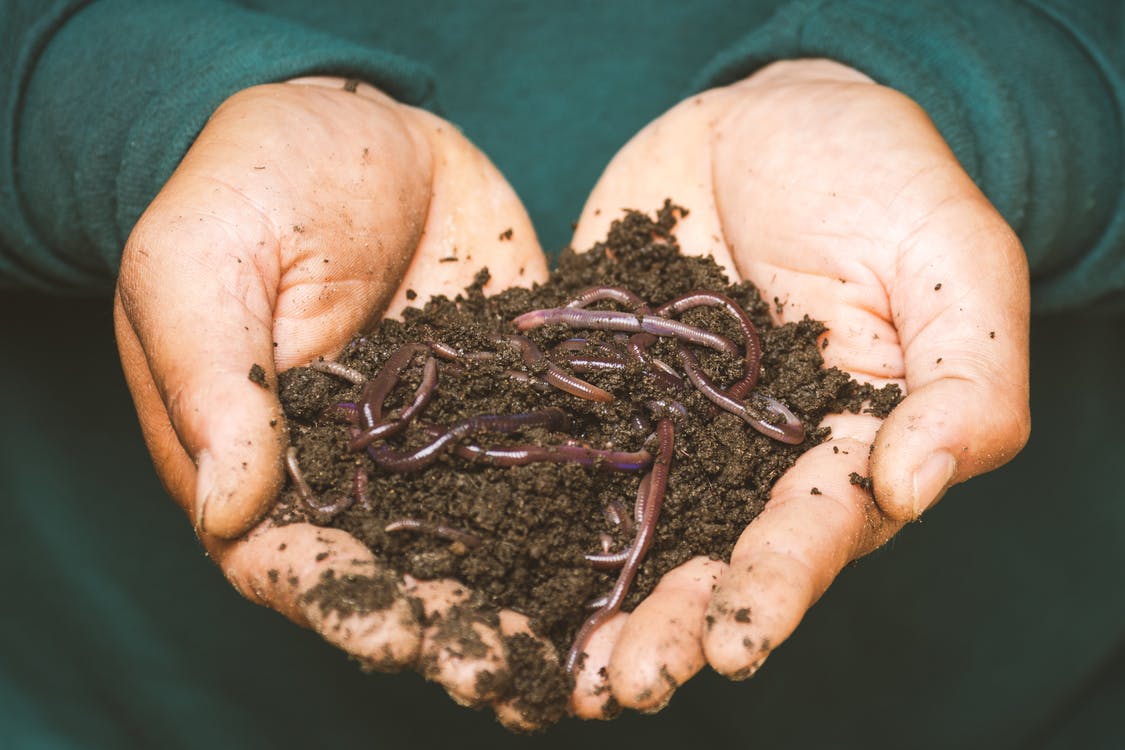When Is It Best to Apply Fertilizer
Contents
– Fertilizer: a different action for each season
– When to fertilize the vegetable garden?
– When to fertilize hedges?
– Background fertilizer or a boost to the soil
Fertilizer boosts the soil to nourish plants, but they sometimes need a little rest to start growing again when spring comes. What is the best time of year to apply fertilizer, depending on the objective?
Fertilizing a tomato plant to stimulate its growth or preparing the soil for a future hedge does not require the same fertilization methods. If the products used are not the same to enrich the ground, the relevant times to fertilize the soil are not the same.
Fertilizers: each season has its action

In spring
There are two complementary approaches to fertilizing the soil in the spring.
At the beginning of the season, a slow-acting fertilizer, often mentioned as “long-lasting” on the packaging (in the case of chemical or organic fertilizers), is recommended to improve the soil.
On cleaned and scratched soil, the fertilizer is spread in the ground to enrich it and provide the roots that will develop in a few weeks with essential nutrients for the excellent development of the plant.
A slow-acting fertilizer should be applied about 2 weeks before the first sowing or planting on the plot.
At the end of the season, applying a “boost” fertilizer specifically to certain plants has immediate repercussions because they instantly absorb it: fuller leaves, more generous flowering, and significantly improved growth.
In summer
The warm season offers plants enough light and sunshine for nature to do its work without fertilizer.
A few fertilizer drops can be applied to the weakest plants to stimulate their development.
Once the plants have begun to decline, there is no need to add fertilizer, as this would be more harmful than beneficial to the plants.
At the end of the summer, when the heat declines and autumn is on the horizon, a long-lasting fertilizer application on bare plots will prepare the soil before fall planting (especially in the vegetable garden).
In the fall
The soil will soon be resting, so it may help to amend it so that the nutrients penetrate the soil deeply and durably during the winter.
A cleaned, partially turned-over soil will benefit more from fertilizer than solid, untrimmed soil.
In winter
Some gardeners continue to amend the soil during the winter. This is not justified since soils also need to regenerate and sleep. If fertilizing in the spring is sufficient, there is no need to repeat the experience before the weather returns.
When to fertilize the vegetable garden?

Like the ornamental garden, the vegetable garden benefits most from fertilizing in the spring.
At the end of the harvest, rigorous cleaning of the soil before amending the soil will guarantee a better absorption of fertilizers.
There is no need to amend in the middle of winter; a thick layer of manure and decomposing compost will provide the necessary nourishment to the soil.
When to fertilize hedges?
Regardless of when it is planted, you should always plant a hedge plant in soil mixed with fertilizer to encourage rooting and provide essential nutrients for early growth or recovery.
It is preferable to install hedge shrubs before winter as it is more appropriate to amend hedges already planted in the fall.
Note: In the middle of autumn, ground horn is the best fertilizer for hedge plants.
Background fertilizer or boost
The duration of action is almost always mentioned on the packaging.
Whiplash” fertilizers guarantee a quick action on plants, while long-lasting fertilizers called “base” fertilizers promise a more prolonged action over a hundred days.
Note: It is essential to observe the recommended doses for chemical and organic fertilizers. An excess fertilizer could harm plants, burning their roots and polluting the soil.





